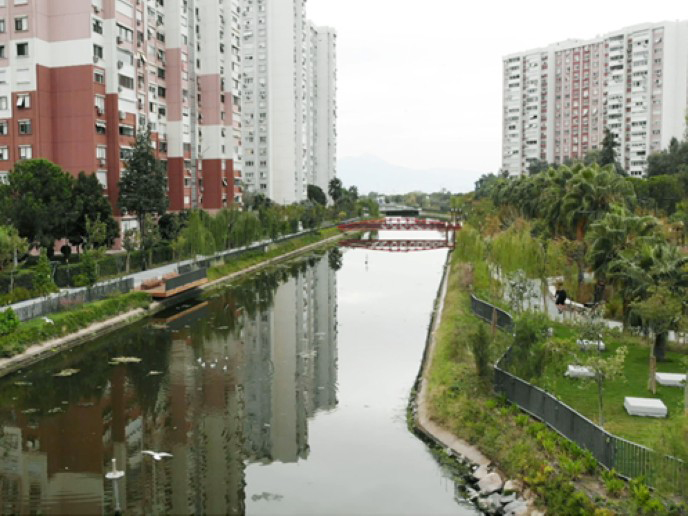Time to reassess responses to storm water pollution
Storm water management is an increasingly important issue for economic, social and environmental reasons. Storm waters carry pollutants downstream to waters we rely on for our wellbeing. Economically, we pay a hefty price as taxpayers when things go wrong because of storm water. If storm water is mismanaged, public and private property can be damaged as a result of erosion and flooding. This research project, which has been carried out by scientists at Middlesex University in London for the DAYWATER project, contributes to our understanding of how storm water effects our environment. This can help decision makers take the necessary precautions to minimise this pollution. A 41 page report entitled 'Determination of numerical values for the assessment of BMPs' was put together. It scales the effectiveness of Best management practices (BMPs) that can include devices which are designed and constructed to trap or filter pollutants from runoff water or to reduce runoff velocities. It assesses these devices according to tests done on different pollutant types. The report describes the biological, chemical and physical processes which can contribute to the removal of pollutants. These processes were divided into direct and indirect mechanisms. Direct processes include absorption, biodegradation, filtration and photolysis. Indirect, describes the processes which occur as precursors to direct removal and includes adsorption to suspended solids. The research found there to be clear evidence of differences in how BMPs respond to different pollutant types. Infiltration basin and sub-surface flow constructed wetlands were predicted to have the highest pollutant removal effectiveness. Settlements tanks consistently performed least well in the tests.







